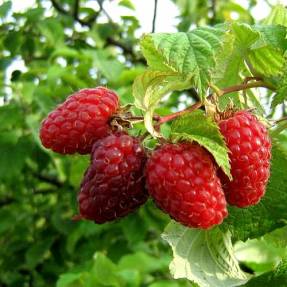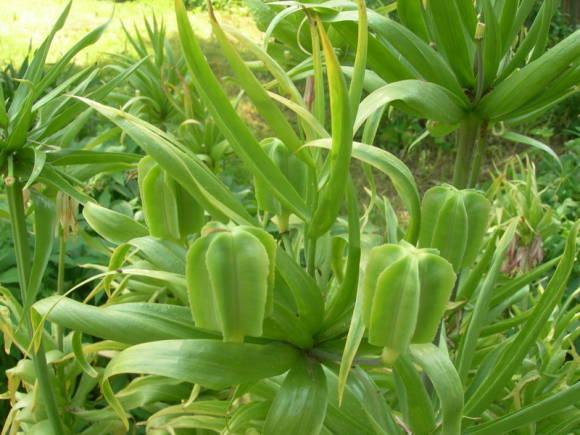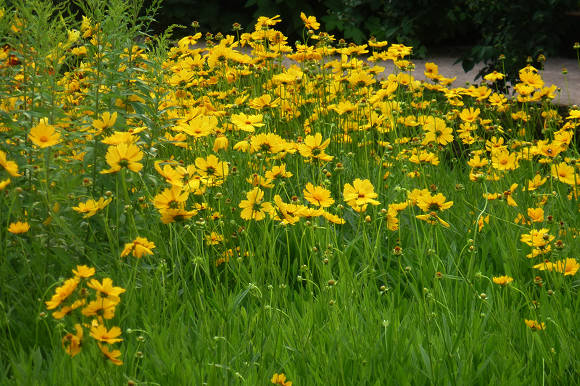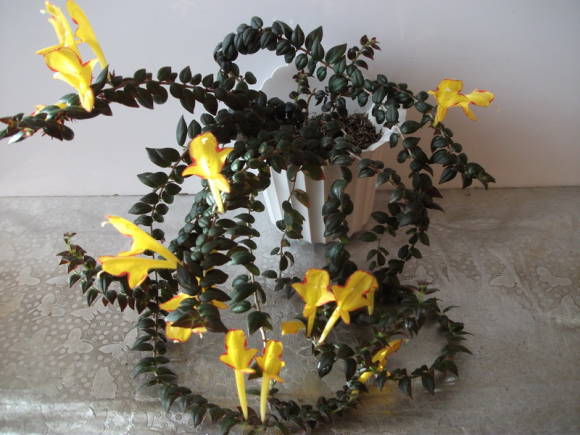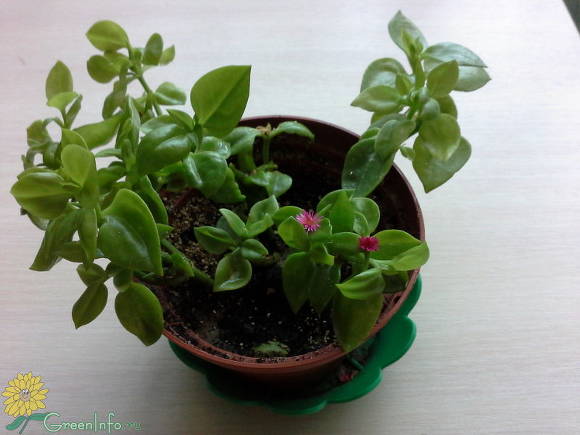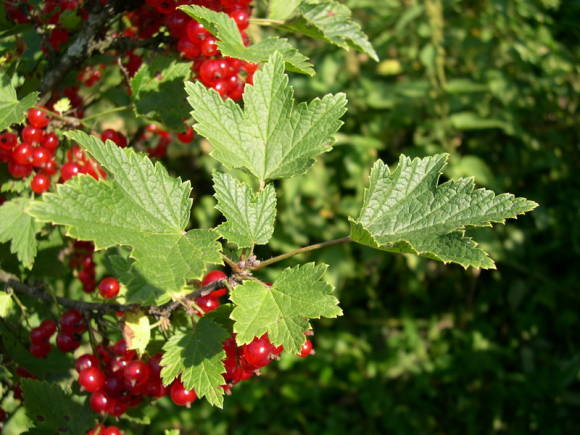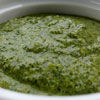Desmodium canadian (Desmodium canadense) is a member of the legume family and comes from North America. This is the most spectacular appearance of desmodium, which is worthy of growing in gardens. It blooms for a long time in the second half of summer, attracts attention not only with inflorescences, but also with original jointed beans. But it is better known as a medicinal plant.
 |  |
Cultivation and reproduction
This light and heat-loving plant is moderately demanding on soil fertility and moisture - little by little, but constantly. Considering that the Desmodium has a well-developed taproot system, it cannot be propagated by division. In culture, it is propagated by seeds, which have a hard cornea, which prevents the penetration of air and water to the embryo. For this reason, the seeds need scarification, that is, the violation of the integrity of this thick and impenetrable shell. There are two ways to do it. A more problematic and risky way is to treat the seeds with sulfuric acid for 1 minute, and then rinse thoroughly with plenty of water. This is done in the production of hard seed crops. But at home, it is better to prefer the second method - mechanical scarification, especially considering that relatively few seeds are sown on the site. To do this, take a sheet of sandpaper, sprinkle some seeds on it in one layer, cover with another sheet of sandpaper and move it, but not pressing too hard so as not to grind the seeds into powder. After that, the seeds are sown in the spring in the prepared area.
The plant prefers loose and fertile soils with a slightly acidic or neutral reaction of the environment. In an acidic environment, nitrogen-fixing bacteria develop poorly, existing in symbiosis with a plant and ensuring its normal development. Therefore, Desmodium, like all legumes, is responsive to microbiological fertilizers for legumes, for example, Rizotorfin. Before sowing, add 2-3 buckets of compost per 1 m2 and 20-30 g of superphosphate and potassium salt.
Seeds are sown to a depth of 2-3 cm and with a distance between rows or nests of 45-60 cm.
If there is a possibility of watering, then sowing can be done a little later, when the soil warms up, since the optimum temperature for seed germination is about + 25 ° C. In this case, seedlings will appear in 2 weeks, when sown in cold soil, they will wait for warming, and the weeds will actively grow at this time. Usually, with a long autumn in the Chernozem regions, plants bloom already in the first year of life, in the Moscow region - usually from the second year of life, and the fruits do not ripen every year. Desmodium overwinters well, freezing out only in particularly severe winters. Plants can be kept in one place in the Non-Black Earth Region for 4-5 years.
Care consists mainly in weeding and applying superphosphate and compost in the fall.

Chemical composition
The medicinal raw material of Desmodium is the aboveground mass, which is cut off during budding - the beginning of flowering.
Dried herb contains up to 1.6% (but can reach 2.5%) flavonoids, the main of which are apigenin, luteolin and their glycosides, saponaretin-1, saponaretin-2, isoorientin, vitexin, izvitexin, homoorientin, vicenin-2 , desmodin and rutin. According to the requirements of the temporary pharmacopoeial monograph, the raw material must contain at least 1% of the amount of flavonoids in terms of isoorientin. In addition, the herb contains such phenolic compounds as chlorogenic, 4-dihydroxycinnamic, caffeic, vanilla and ferulic acids.
Medicinal properties

In general, the genus Desmodium has not been forgotten by traditional medicine in various countries and continents. In particular, Canadian desmodium was used for diseases of the lungs and respiratory tract, as well as against influenza.Traditionally, it was used in the form of infusions and decoctions for liver diseases. Modern research has confirmed that, due to its high content of flavonoids, Desmodium actually has beneficial effects on the liver. In an experiment on mice, an analgesic effect was found. Due to the content of flavonoids, Desmodium has an anti-inflammatory effect and subsequently a nephroprotective effect was found, that is, a protective effect on the kidneys when exposed to various unfavorable factors, primarily chemical compounds and drugs, which was attributed to phenolic compounds. This action has now been confirmed and thoroughly studied and it was found that under the action of the extract of desmodium, glomerular filtration is activated, urine output increases and the protein content in urine decreases. In addition, an antioxidant effect of the extract was found, which helps to reduce inflammation.
And, according to the available modern research, it is possible to use it for rheumatism, back pain and joint pain.
The amount of flavonoids from Desmodium has antiviral activity against DNA-containing herpes viruses, moderate antimicrobial activity, stimulates the induction of interferon gamma and enhances immunity.
Outwardly, drugs from Desmodium are used for viral dermatitis, trophic ulcers and some other skin diseases.
Basically, the recommendations for the use of Desmodium are scientific in nature, and we are talking mainly about finished pharmaceutical preparations. Recipes and recommendations for the independent use of vegetable raw materials are practically not found.
About other properties of desmodiums
Many types of Desmodiums are known to be sources of soy saponins. Some species contain potent alkaloids and other secondary metabolites, which raises interest in this genus from a plant protection point of view. They contain a large amount of substances that repel some dangerous agricultural pests and suppress some weeds. Several types of desmodiums contain potent secondary metabolites. For example, twisted desmodium (Desmodium intortum) and hooked desmodium (Desmodium uncinatum) used as ground cover plants in corn and sorghum crops to repel pests Chilo partellus (one of the worst pests in Asia and Africa, causing tremendous economic damage), and some other species of butterflies. In addition, they are used as nitrogen-rich green manures.
